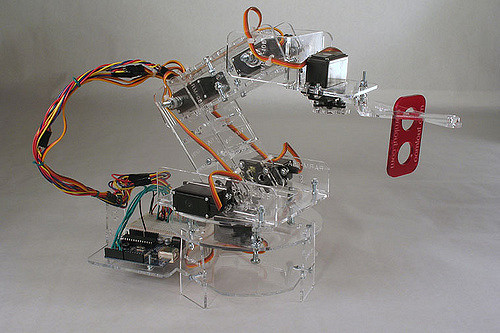Japan hopeful to removing debris from melted Fukushima plant

- Country:
- Japan
A robot arm has successfully picked up pebble-sized pieces of radioactive fuel at Japan's Fukushima nuclear plant in a complex operation seen as key to clean-up efforts after the 2011 meltdown, officials said Thursday. Operator Tokyo Electric Power (TEPCO) on Wednesday sent down a remote-controlled probe to the melted fuel at the bottom of the plant's reactor 2, one of three that melted down after a massive earthquake and tsunami in March 2011.
It caught five small pieces of the fuel debris and lifted them up some five centimetres (two inches). "We were able to confirm that the fuel debris can be moved," said Yuka Matsubara, a spokeswoman.
"We accomplished the objective of this test," she told AFP, adding that the company plans to actually remove some fuel debris as a sample by March next year. Robots have already peered inside the reactor to allow experts to assess the melted fuel visually, but Wednesday's test was the first attempt to work out how fragile the highly radioactive material is.
Removing the melted fuel is considered the most difficult part of the massive clean-up operation in the wake of the worst nuclear disaster since Chernobyl. It is not expected to begin until 2021, and TEPCO has other issues to resolve including how to dispose of large quantities of contaminated water stored in containers at the plant site.
The March 2011 tsunami that caused the meltdown was triggered by a massive undersea quake and killed around 18,000 people. Tens of thousands were forced to evacuate their homes because of the threat of radiation.
Authorities have been working to rebuild the region, about 240 kilometres (150 miles) north of Tokyo, although areas near the crippled plant remain uninhabitable because of radiation dangers.
(With inputs from agencies.)
- READ MORE ON:
- Plant City
- Plant cell
- Piranha Plant
- Tokyo Tokyo
- Tokyo Bay
- Tokyo MX
- Basketball Official
- Emperor of Japan
- Empire of Japan
- X Japan
- Donald Trump
- Positional numeral system
- Base pair
- Relational operator
- Bitwise operation
- Tour operator
- Sports Experts
- Ordre des Experts-Comptables
- Forensic science
- Funeral home
ALSO READ
Adani Green Energy becomes India's first company with 10,000 MW renewable energy capacity
TN: BJP candidate from Virudhunagar campaigns in Tirumangalam, seeks alliance with people
IPL 2024: LSG spinner Siddharth joins elite company of Bumrah, Nehra, McClenaghan
Taiwan says more than 700 people injured in earthquake
Adani Green Energy becomes India's first company with 10,000 MW renewable energy capacity










